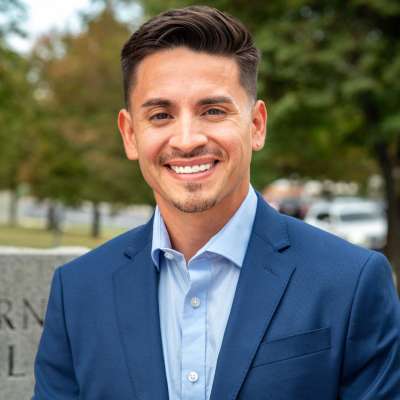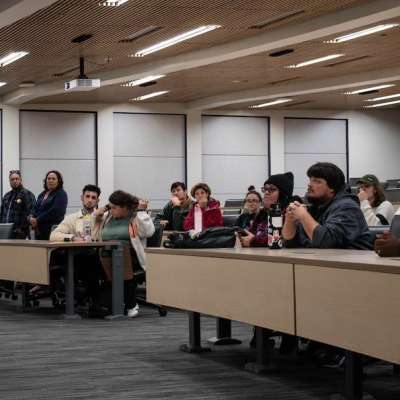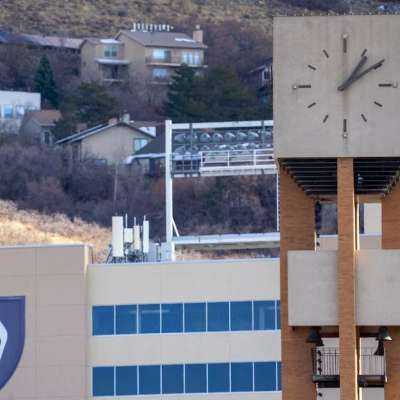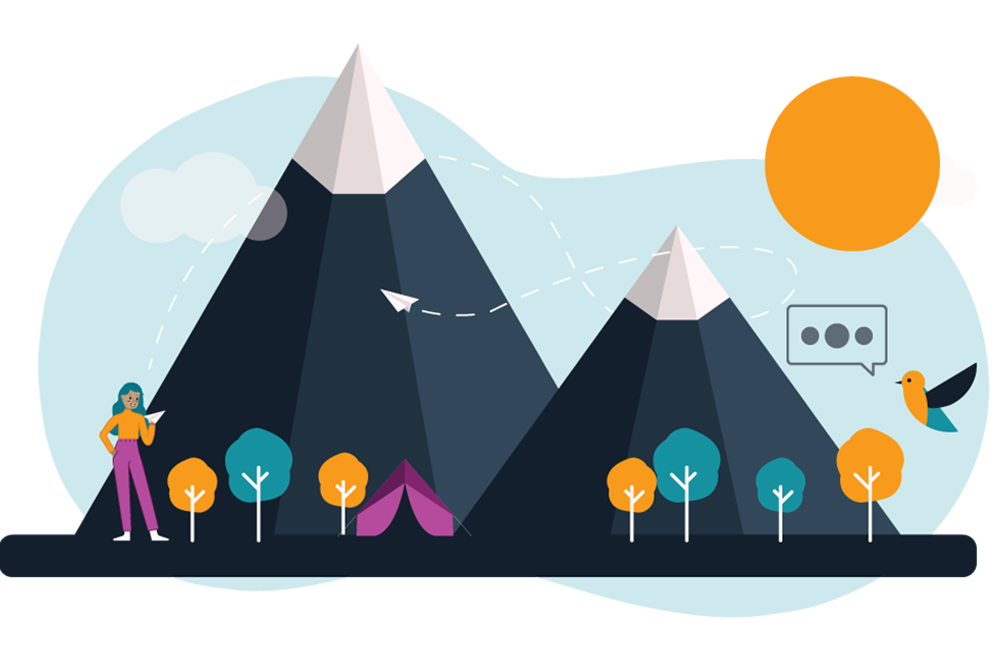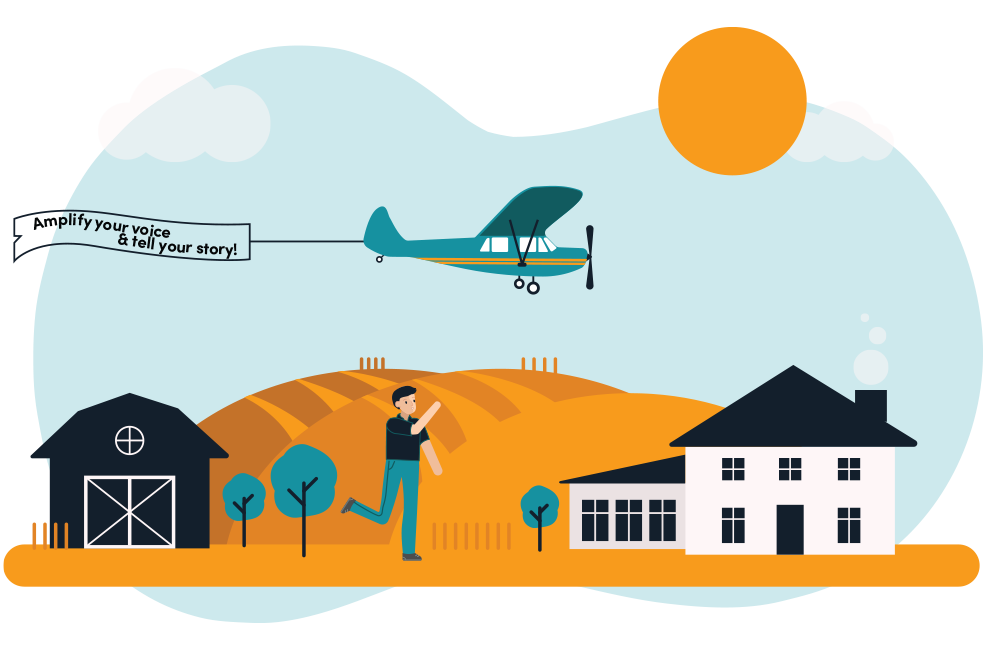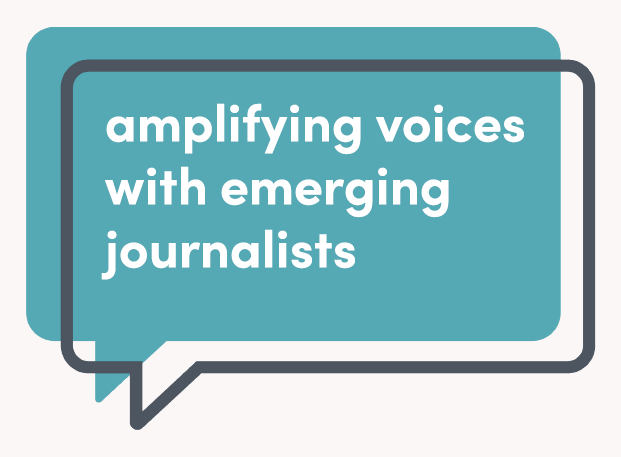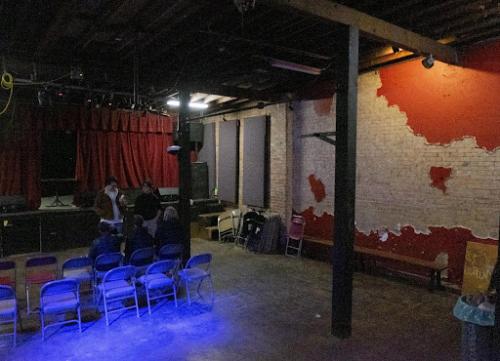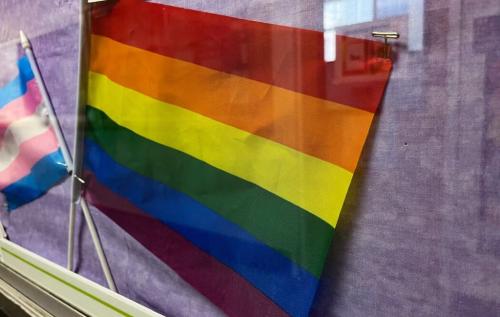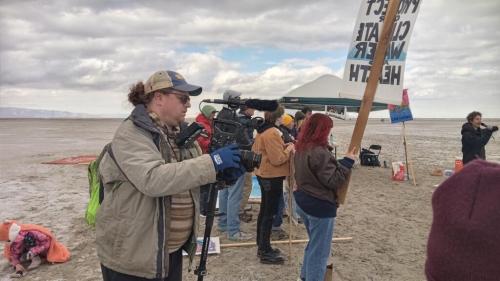In the home of Darren Parry on a Sunday afternoon, five Salt Lake Community College students circle the former Northwestern Shoshone Nation chairman for a conversation about the crisis facing the Great Salt Lake.
Parry’s gaze, meanwhile, remains fixed on the camera in front of him. Visible over his shoulder, in the frame of the camera, are three framed photographs of his ancestral family. They were Shoshone people, remnants of the 1863 Bear River Massacre, who were later baptized by Latter-day Saints in the same river.
For Parry, his ancestral history serves as an example of how westward colonizers pushed Indigenous people from their homes. When Utah eventually sprung into statehood, Parry pointed out that Indigenous people “were not given a seat at the table,” here in the state or anywhere else.
The latter point is what informs Parry’s views on current efforts intended to help the dwindling Great Salt Lake, and it’s why the crew of students visited his home for an interview. “We’ve scienced this [Great Salt Lake] problem to death,” said Parry, who goes on to add, “We have to start looking at the problem from a … different view. Why not maybe an Indigenous view?”
This conversation with Parry was one of several interviews that the student group conducted for a new documentary covering the lake. They decided that the film should focus on “Indigenous stewardship,” a term that refers to the notion of Native people being at the helm of environmental decision-making.
Titled “Diverted: Indigenous Stewardship and Saving the Great Salt Lake,” the 30-minute documentary is set to premiere Friday, Dec. 8, at Salt Lake Community College’s South City campus. Its premiere comes after months of work, which was carried out by the student group for a course at the college.
Those involved in the project – seven students in total – said they wanted to tackle an urgent subject matter.
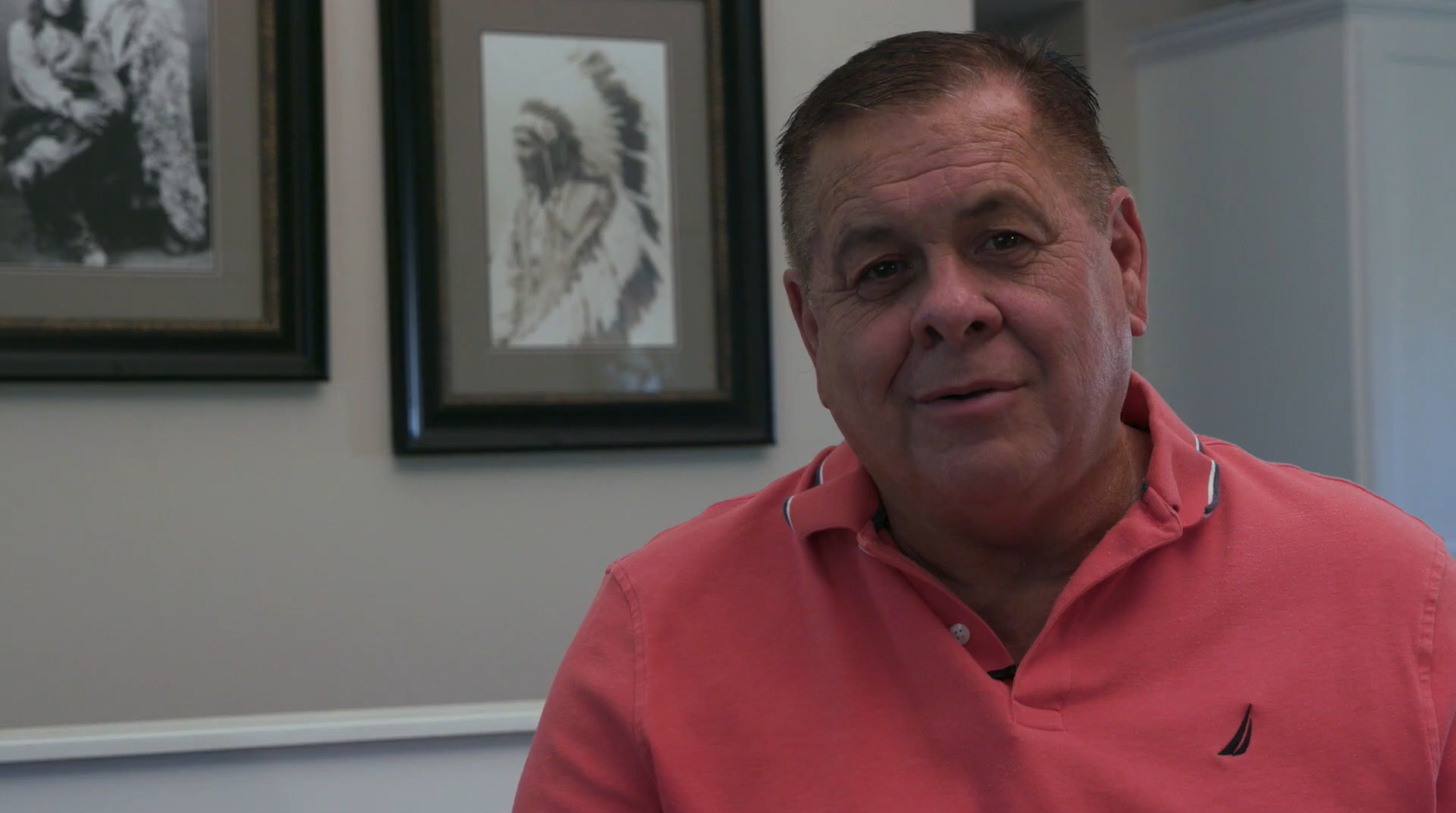
Darren Parry, former chairman of the Northwestern Band of the Shoshone Nation, appears in “Diverted,” among others, to speak about the crisis facing the Great Salt Lake. (Kolby Butts, YouTube)
‘Our lives are on the line’
27-year-old student McCaulee Blackburn, co-producer of the film, recalls first learning about the climate crisis at age 11 and subsequently wondering what lay in store for the planet.
Like perhaps many young people today, Blackburn said growing up and moving through life was accompanied by “constant climate anxiety” over their future – a future they felt had been stolen from new generations. So, when a SLCC film student pitched the idea of a documentary tackling Great Salt Lake to Blackburn in January, hopping on board seemed like a no-brainer.
At the time, Blackburn had just finished an internship with the Great Salt Lake Collaborative, a group of media and education organizations that joined forces in 2022 with the goal of informing the public about the lake and its declining water levels.
During their internship, Blackburn spoke with water experts and wrote articles communicating ways to help the lake. However, they noticed that solution talks almost always tended to omit Indigenous perspectives.
“I knew that if I was going to work on a project about the lake, I wanted to make sure Indigenous people were being centered,” Blackburn said.
Of particular interest to Blackburn was the notion of Indigenous stewardship. They aimed to explore the science of the lake as well as how a different set of hands – those with a link to the land – would manage Utah’s water resources in contrast to the state legislature.
Blackburn initially recruited two fellow SLCC students to work on the project. One of them was friend and SLCC film student Valene Peratrovich, who is also an alternating host of KRCL radio’s Sunday morning program, “Living the Circle of Life,” a show dedicated to the Indigenous people of Utah.
Born in Alaska with ancestry from three separate tribes, Peratrovich said she has experienced firsthand the connection that Indigenous people have with nature and the earth. Blackburn’s sentiments were much the same: “Impassioned,” Peratrovich said.
“As an Indigenous woman, it was crazy and relieving to know other people care; that I don’t have to be the only one … trying to push things forward,” Peratrovich said. “Someone sees me, and I see them.”
The three-student group began producing their documentary outside of a class or work setting, relying solely on personal equipment. Then, in the fall, Peratrovich enrolled in a documentary production course at SLCC and pitched their idea to the class as a potential pursuit for the semester. Much to Peratrovich’s surprise, the class selected her pitch.
Student Kolby Butts, who serves as co-director of the project, had also pitched coverage of the lake separately from Peratrovich. Butts said reading about the lake’s lowest recorded point last November prompted him to bring this pitch forward over other ideas he’d been considering.
“Our lives are on the line,” Butts said of his reasoning. “We’re now trying to preserve our spot in the future so we can continue for more generations. But in the current state of the world, we can’t do that.”
Butts hopes the documentary, with its features of expert voices and various images of the lake, can help more people connect with the issue and influences audiences to consider the perspective of Indigenous stewardship.
“The biggest goal of this was to bring this story into a new medium,” Butts said. “We’ve seen dozens upon dozens of articles … Reading stuff like that works, but I don’t think it gets the point across.”
As the student group readies to premiere the 30-minute documentary – which features interviews with Parry, water and climate professors, Carl Moore of PANDOS, and Elizabeth Kronk Warner, dean of the University of Utah school of law – their plan is not to move on but rather to expand what they’ve already created, with hopes of eventually creating a feature-length documentary.
“We’re going to the wisdom keepers, scholars and community members, and bringing them all together to find the commonality,” Peratrovich said.
Watch the trailer for Diverted: Indigenous Stewardship & Saving the Great Salt Lake.
Cristian Martinez wrote this story as a journalism student at Salt Lake Community College. It is published as part of a new collaborative including nonprofits Amplify Utah and The Salt Lake Tribune.
###
NOTE TO MEDIA PARTNERS PUBLISHING WORK
We also request organizations include the following text either at the beginning or end of the story text :This story is jointly published by nonprofits Amplify Utah and [Your Media Organization's Name] to elevate diverse perspectives in local media through emerging journalism. Cristian Martinez wrote this story as a journalism student at Salt Lake Community College. For more stories from Amplify Utah, visit amplifyutah.org/use-our-work.







